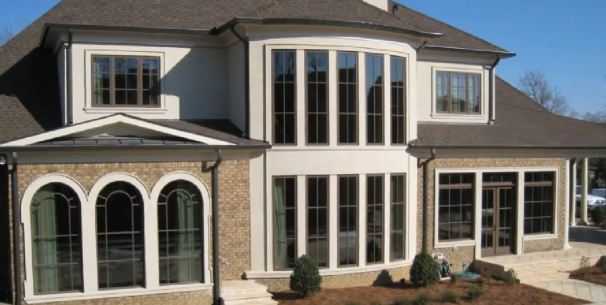 Home window tinting is popular in many parts of the world, especially in sunny places. This is the process of installing a thin film, normally semi-transparent, onto the glass panes. There are many benefits of this film, the most important being that they prohibit the sun’s ultraviolet rays to enter the interiors.
Home window tinting is popular in many parts of the world, especially in sunny places. This is the process of installing a thin film, normally semi-transparent, onto the glass panes. There are many benefits of this film, the most important being that they prohibit the sun’s ultraviolet rays to enter the interiors.
The Options and Benefits
There are many kinds of films available in varying thicknesses and features. Some of these are decorative, used to enhance the aesthetic value of the home. Some are also special films that prevent UV rays and the sun’s glare from entering your home.
The popular kinds of films include the deposited, sputtered, dyed and hybrid types. The procedure employed to manufacture these films are different, and hence they slightly vary in their functionality.
These films make the home energy-efficient as they prevent heat loss through the glass, minimising additional heating in cold months. They also provide privacy, protect the furnishings, upholstery, the carpets and the flooring from the fading effects of sunlight and thus increase their lifespan.
The Important Do’s and Don’ts
Get a certified professional to install the films, instead of applying it haphazardly and risk the chance of not maximising their benefits. Proper installation warrants the absence of gaps, Tintworks says, which ensures complete insulation.
Alongside the installation is the choice of a good product. Shoddy or low quality films will look terrible and will not serve the purpose at all. Find a reputable supplier for high performance so you can enjoy warranty. Even if a little expensive, this is the best way to make sure you benefit from these installations.
Window tints in homes enjoy immense popularity to add to privacy without using curtains or blinds, which need separate cleaning and regular maintenance. This means that a window film only requires cleaning the window, simplifying the maintenance process.

